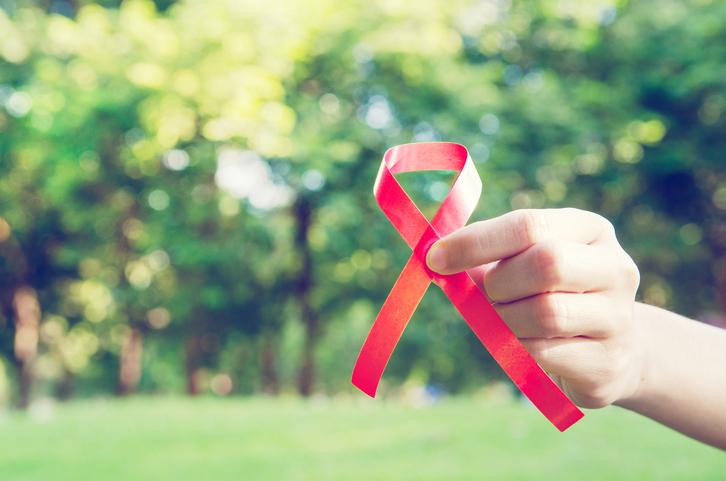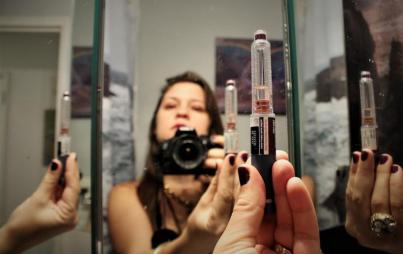
December 1 (which, if you're reading in real time, is today!) is World AIDS Day. Every year since 1988, World AIDS Day has served as “opportunity for people worldwide to unite in the fight against HIV, show their support for people living with HIV and to commemorate people who have died.”
In 1988, when AIDS was still a newly discovered health condition, it was a death sentence.
There was no treatment, no cure. The HIV virus ravaged the human immune system, leaving patients vulnerable to the opportunistic infections that would eventually kill them. There was no diagnosis that seemed as hopeless as "AIDS."
Today, however, it’s a different landscape. I’m embarrassed to say I didn’t know how different until I sat down to research the progress in HIV/AIDS treatment today. 30 years of diligent research has led to a greater understanding of the HIV virus and how to control it. Treatments have been developed and refined, and costs have been diminished to make them accessible to patients not only in the developed world, but globally. Through the work of countless scientists, doctors, nurses, and public health activists, there is not just hope for people with HIV — there is a future.
According to the National Institutes of Health, the primary driver of progress in HIV treatment has been the discovery of anti-retroviral drugs. These medications stop the replication of the virus in the body, which keeps it from wreaking immune system havoc on a person. These medications — which can be administered in as little as one pill per day — have made it possible for people with HIV to expect a nearly normal lifespan. Moreover, by keeping the viral load low in the patient’s body, it reduces the risk of transmission to others.
But still use condoms. Seriously. Use them. I mean it.
We obviously haven’t reached a finish line when it comes to HIV/AIDS research. There is still opportunity for better methods of prevention - a vaccine maybe. And the stigmas surrounding HIV and AIDS need to be dismantled to give people the courage to be tested and get treatment quickly. But there is no doubt that 2017, for all its dumpster-fire ways, is a better world for people with HIV that 1988 ever hoped to be.








